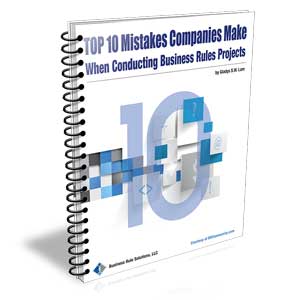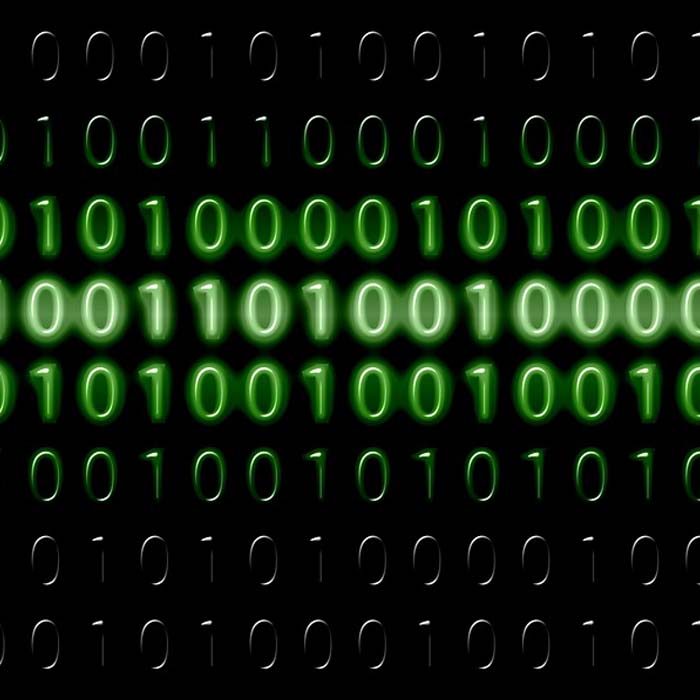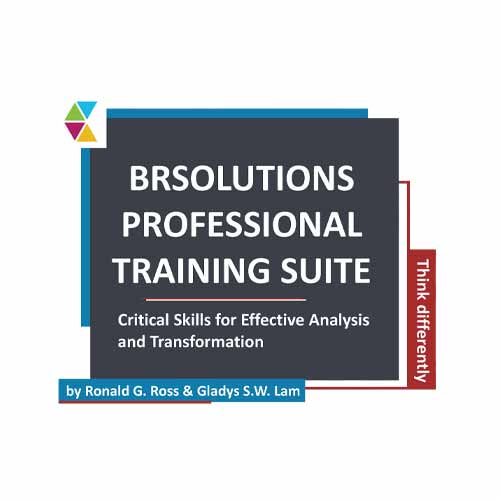How Rules and Processes Relate ~ Part 4. Business Processes vs. System Processes
Rules relate to both business processes and system processes. In each case, rules serve to guide the processes. Having looked at rules and processes from the perspective of business people in the previous columns of this series, let's now turn toward the perspective of information systems.
Right off, we hit a snag. The industry trend -- accelerated with rules -- is toward encoded knowledge and automated decision-making of more and more sophisticated kinds. The term 'information system' really doesn't do justice to that kind of system. So in this series I will use 'information/knowledge system', but I hope the industry comes up with some better term ... soon!
Now back to the issue at hand. Let's stand back to look for a moment at the 'big picture' concerning models in general. How does any model of the business (including its processes) differ from any model for the design of an information/knowledge system (including its processes)?
John Zachman[1] describes the crucial difference this way. A business model "... is about real-world things." A system model, in contrast "... involves surrogates for the real-world things so that the real-world things can be managed on a scale and at a distance that is not possible in the real world. These surrogates are the things making up ... systems...." [emphasis added]. The most obvious kind of surrogate for real world things is data. A system process includes actions that manipulate data in various ways, to:
- Request it. For example: Obtain credit rating for a customer from the credit system.
- Store it. For example: Store customer information.
- Modify it. For example: Modify year-to-date claimant payments.
- Display it. For example: Display customer's current account balance.
- Communicate it. For example: Insert a special order into a supervisor's work queue for approval.
A process in an information/knowledge system ('system process' for short) can manipulate other kinds of surrogates as well, for example:
- The supervisor's work queue is actually a surrogate for a face-to-face interaction between a supervisor and an order clerk each time a special order is received.
- The supervisor's GUI for displaying orders in the queue is actually a surrogate for the flesh-and-blood order clerk.
A system process then is all about manipulating surrogates standing in for real-world things. A business process, in contrast, should never include tasks or steps for manipulating surrogates. That's a big difference, and I'm afraid too many people dismiss it without sufficient reflection. Let me return to one of the principal challenges for processes I discussed in the first column of this series.
In the National Football League (NFL), if a play is not working for a team, it will be gone from its playbook in short order. New plays can be deployed rapidly. In effect, the plays are essentially throwaways -- cheap enough to discard readily, with minimum disruption or cost. Businesses urgently need something similar -- throwaway procedures cheap enough to replace readily when they no longer work well (make 'yardage') for the business.
Another important direction for many companies today is managing business activity on more of a beginning-to-end, value-add basis. That requires thinking cross-organizationally about fundamental business processes. Are throwaway procedures compatible with managing business activity on a process basis? Can you have the best of both worlds?
Yes. When business people talk about fundamental business processes they (quite naturally) mean process from a business perspective. Value chains simply don't change that fast. With throwaway procedures, process is viewed from the perspective of designing information/knowledge systems. Processes involved with automated systems do need to change rapidly. And with a rules-orientation, they can, as I will show in my next column.
References
[1] John A.
Zachman. The Zachman Framework: A Primer for Enterprise
Engineering and Manufacturing (electronic book). Zachman
International (2002). Available at http://www.ZachmanInternational.com
![]()
Excerpted from Chapter 6, Business Rule Concepts: Getting to the Point of Knowledge (Second Edition), by Ronald G. Ross. www.BRSolutions.com (September 2005). ISBN 0-941049-06-X. Reprinted with permission.
# # #
About our Contributor:
Online Interactive Training Series
In response to a great many requests, Business Rule Solutions now offers at-a-distance learning options. No travel, no backlogs, no hassles. Same great instructors, but with schedules, content and pricing designed to meet the special needs of busy professionals.










How to Define Business Terms in Plain English: A Primer
How to Use DecisionSpeak™ and Question Charts (Q-Charts™)
Decision Tables - A Primer: How to Use TableSpeak™
Tabulation of Lists in RuleSpeak®: A Primer - Using "The Following" Clause
Business Agility Manifesto
Business Rules Manifesto
Business Motivation Model
Decision Vocabulary
[Download]
[Download]
Semantics of Business Vocabulary and Business Rules